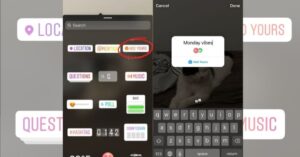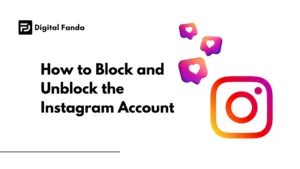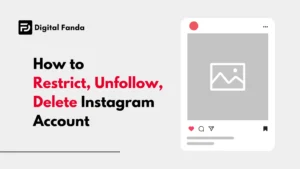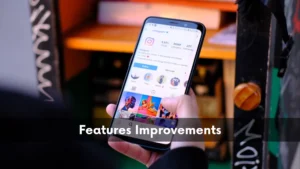
Generation Z (Gen Z), born between 1997 and 2012, represents a unique cohort that has grown up with the internet, social media, and smartphones as integral components of their daily lives. As the largest generation in history, Gen Z is swiftly emerging as a potent force in the global economy. However, traditional digital-first marketing strategies, effective with millennials, are proving inadequate, especially at the local level.
Understanding Gen Z’s distinct attitudes towards consumption, shaped by growing up chronically online and coming of age amid a global pandemic, is imperative. To connect with Gen Z authentically, marketers need to retire the old playbook and strategically target their primary online habitat: social media.
Table of Contents
Gen Z Demographics and Spending Habits: A Unique Landscape
Gen Z stands out not only for the social structure they have navigated but also for their distinctive spending habits, as outlined in a 2021 Bloomberg report. With a collective disposable income of approximately $360 billion, Gen Z exhibits a penchant for savings, thrifting, and a strong inclination to support companies aligning with their values. Notably, almost one-third of American Gen Zers aged 18 to 25 reside with their parents, freeing up more disposable income.
Social Media Immersion: A Crucial Insight
Social media is ingrained in the fabric of Gen Z’s lives. A 2022 survey by Morning Consult reveals that 54% of Gen Zers spend at least four hours daily on social media, with platforms like YouTube, Instagram, TikTok, and Snapchat dominating their usage. Additionally, data from Statista in 2022 indicates that almost 80% of Gen Zers and millennials have made purchases inspired by social media content.
Balancing online convenience with a desire for real-life experiences, Gen Z’s shopping preferences present a challenge for marketers. A 2023 Deloitte study highlights a 50/50 split between Gen Zers and millennials valuing online interactions as meaningful replacements and those preferring in-person experiences.
Strategic Social Media Practices for Gen Z: SEO-Optimized Insights
- Embrace Partnership with Creators
- The traditional influencer era is waning for Gen Z. Authenticity and originality take precedence in the creator economy.
- Encouraging user-generated content (UGC), where products play a role in a broader story, proves effective. Platforms like TikTok showcase creators like Alix Earle, whose relatable tone resonates authentically with audiences.
- Give the Brand a Persona Online
- Brands are evolving into influencers. Collaborating with well-known creators or creating a brand persona with a relatable character can enhance social presence.
- Examples include Kyle Prue representing the personal finance brand Fizz and Duolingo leveraging its mascot on TikTok.
- Focus on Engagement Over Follower Count
- Gen Z’s lower brand loyalty emphasizes the importance of individual post engagement. Profiles for local stores can foster community engagement.
- Democratizing content creation generates overall engagement, fostering a sense of community ownership.
- Use Trends To Your Advantage
- Viral content’s accessibility and ephemerality make staying updated on trends crucial. Platforms like TikTok, Reels, and YouTube Shorts offer opportunities for quick brand visibility.
- Simple content is favored over highly produced material, aligning with Gen Z’s preferences.
- Optimize Your Google Business Profile (GBP)
- Local search behavior among Gen Z emphasizes the significance of a well-optimized GBP.
- Mobile-friendly, up-to-date information, including store hours, addresses, in-store inventory visibility, and payment options, contributes to a positive local experience.
In Conclusion: The SEO-Optimized Approach for Gen Z Success
Achieving success with Gen Z on social media demands a delicate balance between medium adaptability and voice consistency. Optimizing online presence, social media strategies, and local experiences positions brands to convert audiences into loyal customers. Prioritizing both aspects equips brands to break through to this elusive generation successfully.
Read Also: 5 stages of AI maturity in marketing: A blueprint for the marketing revolution
- Instagram’s Latest Update: Grid Preview
- Explore Instagram’s New Feature: ‘Add Yours’ Templates Featuring GIFs and Texts – A Guide on How to Use It
- 5 Must-Have Services to Skyrocket Your Web Presence
- How to Block and Unblock the Instagram Account
- How to Restrict | Unfollow | Delete Instagram Account
- Instagram Might Introduce Some Improvements Within Its Collections Feature.
- 1 Comment
- Gen Z Engagement
- seo
- Social Media






Pingback:10 Marketing Automation Hacks that Turn Bots into Beasts